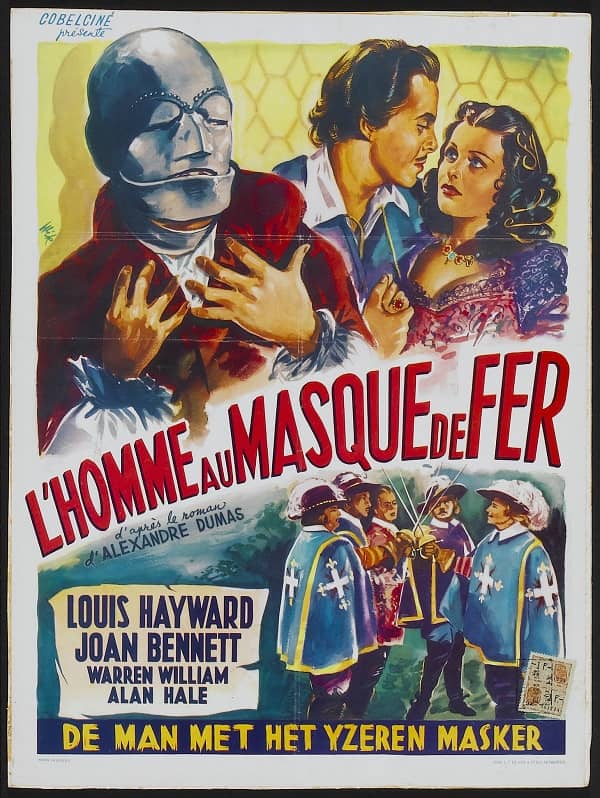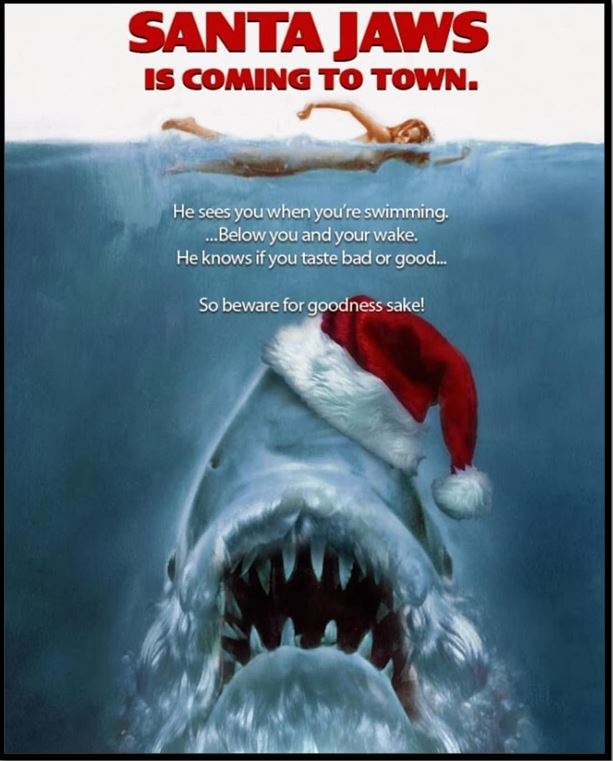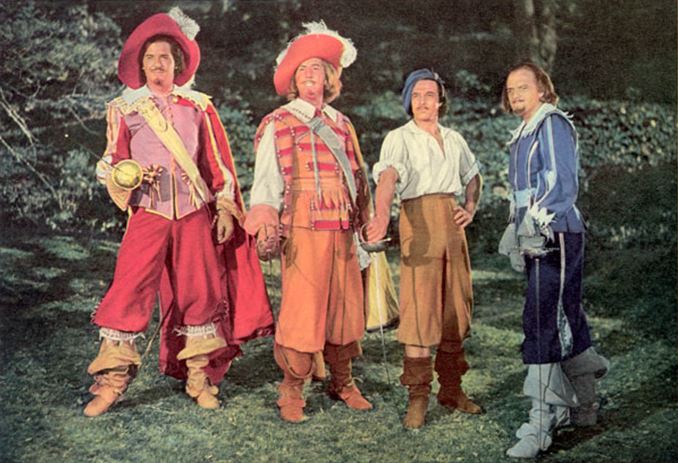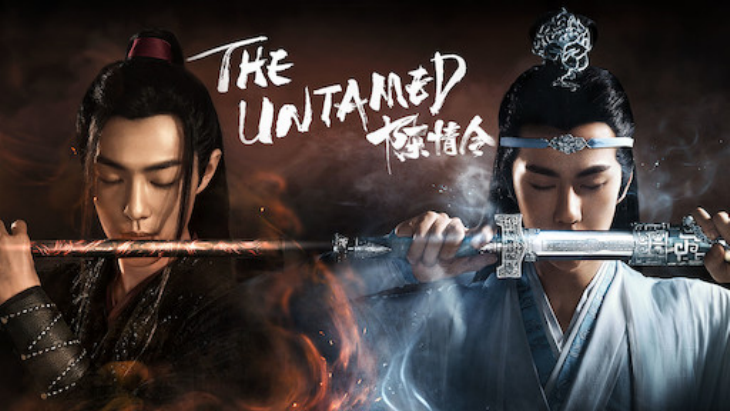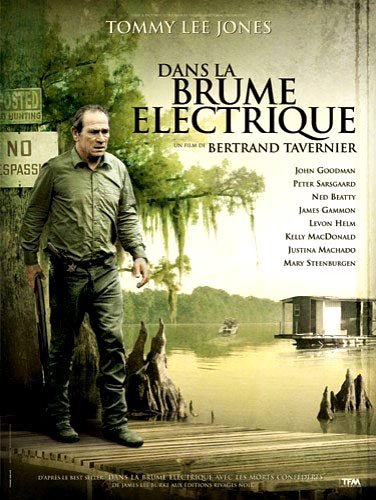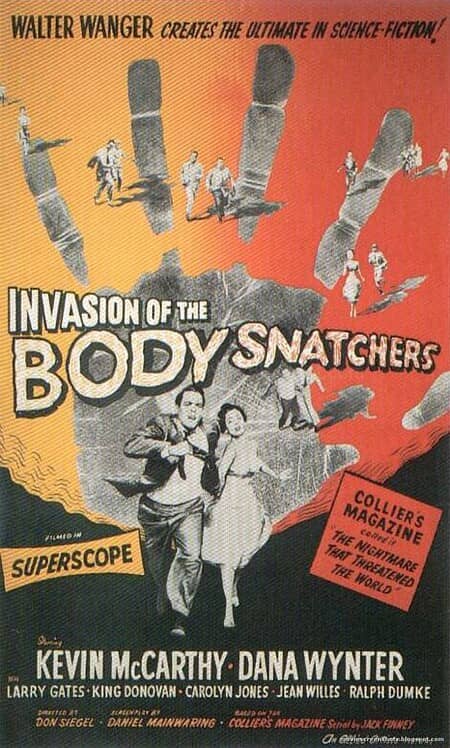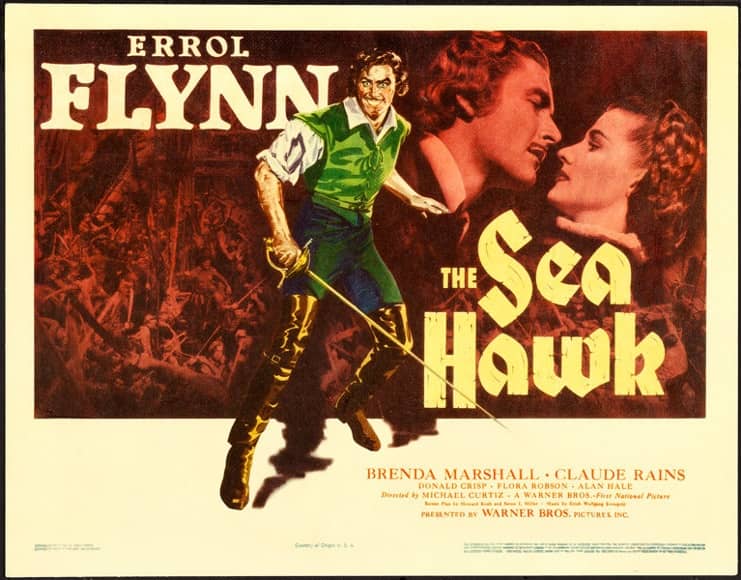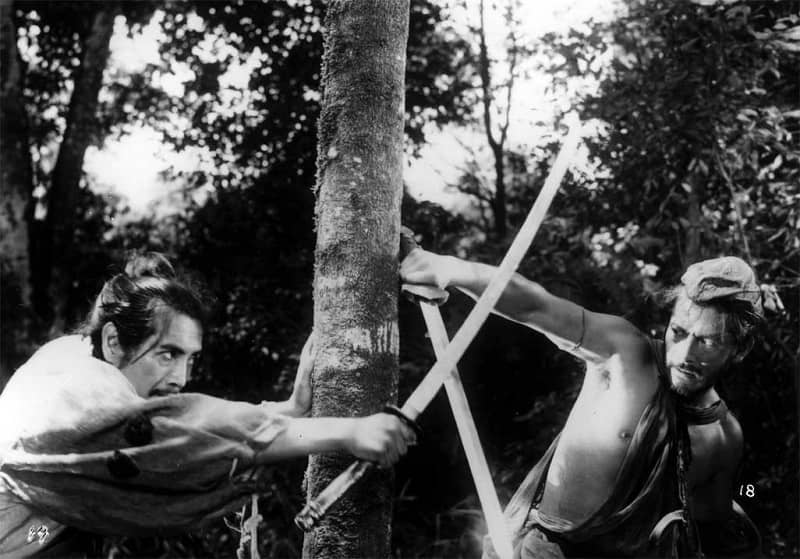Goth Chick News Guest Review: Revisiting My Bloody Valentine
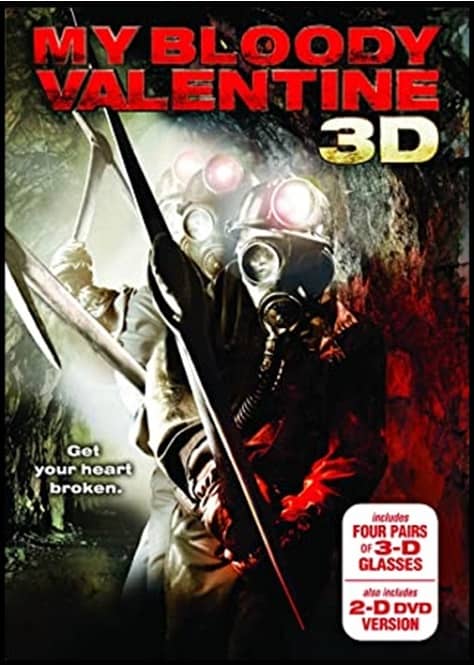 |
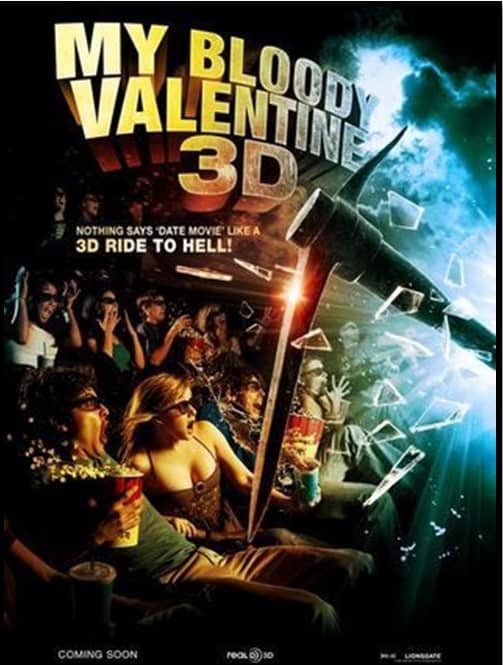 |
With “the season” officially over for 2020, the stores seem to have given Thanksgiving a miss and moved directly to reminding us it’s time to make this the most expensive Christmas ever. I therefore determined it was a fair cop to give the whole thing a pass and move directly on to Valentine’s Day. And it seemed only right to invite Goth Chick News guest writer Scott E to comment on his favorite film, while I slacked off in a carb-coma.
Take it away Scott.
The 2009 Lionsgate sequel to the 1981 classic horror film, My Bloody Valentine, was cleverly written by Todd Farmer and Zane Smith, and directed by Patrick Lussier. Jensen Ackles, Tom Adkins, Kerr Smith, Betsy Rue, Jamie King, Megan Boone and Kevin Tighe round out the talented cast. This film is one of my favorites because the flow of the scenes pulled me in from the get go, and the special effects were creative and gorier than expected. Jensen Ackles (Supernatural) plays the son of original slasher Richard John Walters (24) who returns to his hometown on the tenth anniversary of the Valentine’s night massacre that claimed the lives of 22 people.
If you’re unfamiliar with the original 1981 storyline it, like the 2009 version, takes place in a mining town, enabling several of the most terrifying scenes to be darkly claustrophobic. Apparently Lionsgate wasn’t all that keen on a sequel , but Lussier convinced the executives the 3D effects would pay off at the box office. Studio legend has it that Lionsgate brass viewed a rough cut of the 3D version and screamed like little girls, ensuring the studio’s full backing.
